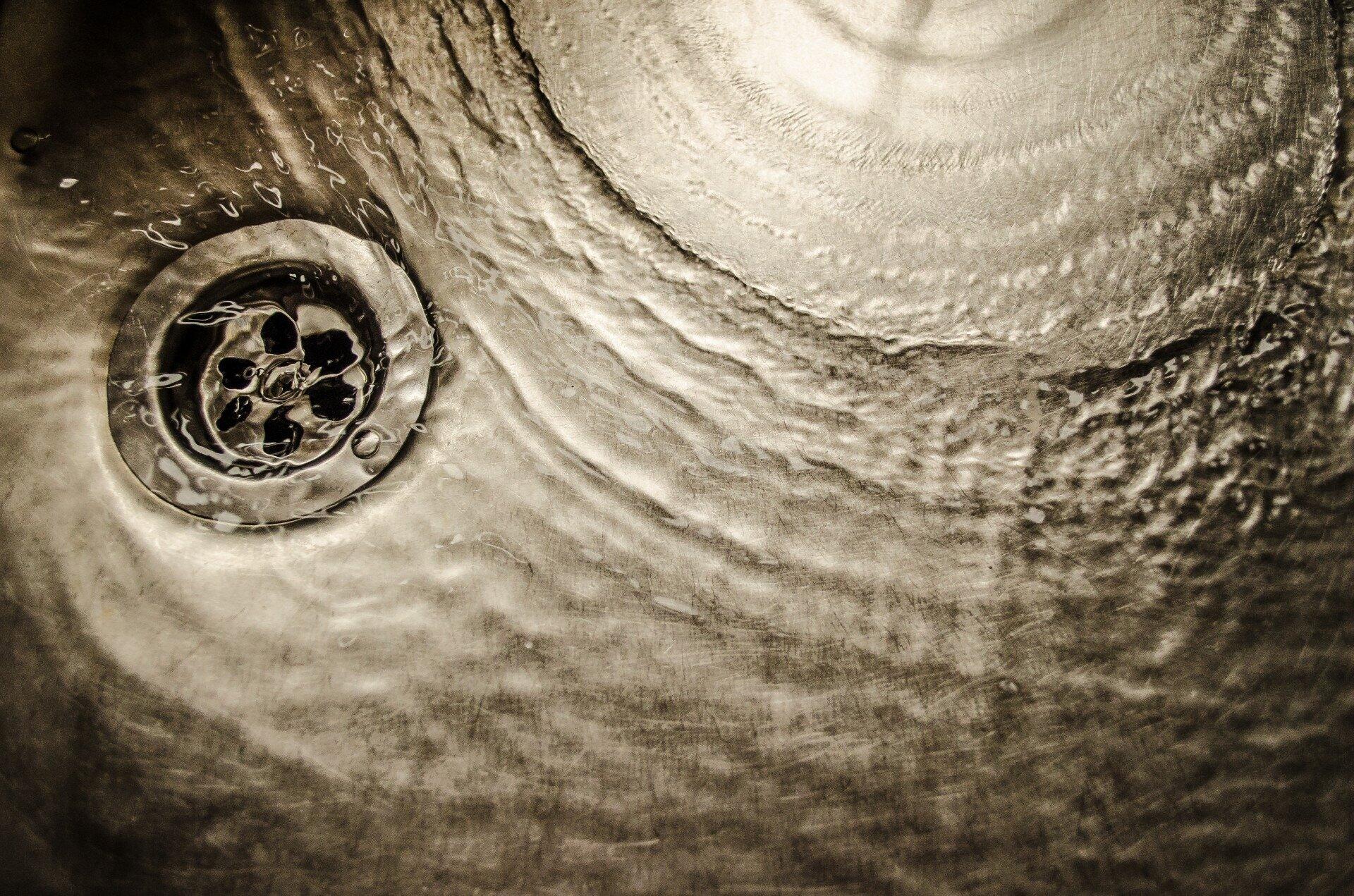Have you ever faced the unpleasant surprise of a sewage backup in your home? It’s not only a messy situation but also a stressful one.
Knowing what to expect during a sewage backup cleanup can make the process a lot less daunting. In this article, we’ll guide you through the steps so you can handle it efficiently and safely.
By understanding the process, you’ll be better prepared to protect your home and maintain a healthy living environment.
Water Extraction
To begin with water extraction, you need to remove the standing water from your home as quickly as possible. This can be accomplished with pumps, wet/dry vacuums, or mops and buckets. Swiftly removing the water aids in minimizing water damage to your property.
Once you have removed the standing water, you need to thoroughly dry the affected area. This will reduce the chance of mold and mildew developing. Make sure to pay close attention to hidden areas where moisture can linger.
Removal of Contaminated Materials
Contaminated materials must be removed carefully to ensure the safety of your home. This includes any items that have come into contact with sewage water, such as carpets, furniture, and personal belongings. These materials may harbor harmful bacteria and pathogens that can pose health risks.
Dispose of contaminated items by local regulations. Ensure you wear protective gear, such as gloves and masks, to protect yourself during the removal process.
Cleaning and Disinfecting
The cleaning process begins once all contaminated materials have been removed. Use a mixture of water and detergent to thoroughly scrub all surfaces that came into contact with sewage water. After cleaning, it’s important to disinfect these surfaces to eliminate any remaining bacteria and germs.
Use an appropriate disinfectant for this purpose and follow the manufacturer’s instructions. This ensures a safe and hygienic environment in your home.
Drying and Dehumidification
After the cleaning and disinfecting steps are complete, it’s crucial to dry the area thoroughly. Use dehumidifiers and fans to aid in the drying process. Proper ventilation can also help expel excess moisture from the affected space.
It’s important to monitor the drying process to ensure all areas are completely dried. This helps prevent the growth of mold and mildew, which can occur if moisture remains.
Restoration
The home restoration stage involves repairing and rebuilding any parts of your home that were damaged during the cleanup process. This can include replacing drywall, flooring, and insulation that were affected by sewage water. It’s important to ensure that all repairs are done to a high standard to maintain the structural integrity of your home.
Professional restoration services may be necessary if the damage is extensive. If extensive restoration work is needed, consider the best sewage clean up service to ensure all repairs are handled professionally and efficiently.
Sewage Backup Cleanup Experts Making Your Home Safe and Clean
Handling a sewage backup cleanup can be challenging, but knowing the steps makes it more manageable. Start by quickly removing water and contaminated materials. Clean and disinfect thoroughly to eliminate bacteria.
With careful attention to these steps, you can restore your home to a safe and clean condition. For extensive damage, consider hiring professional sewage backup cleanup services for effective results.
Did you learn something new from this article? If so, be sure to check out our blog for more educational content.
Stay in touch to get more updates & news on Essentialtribune!








